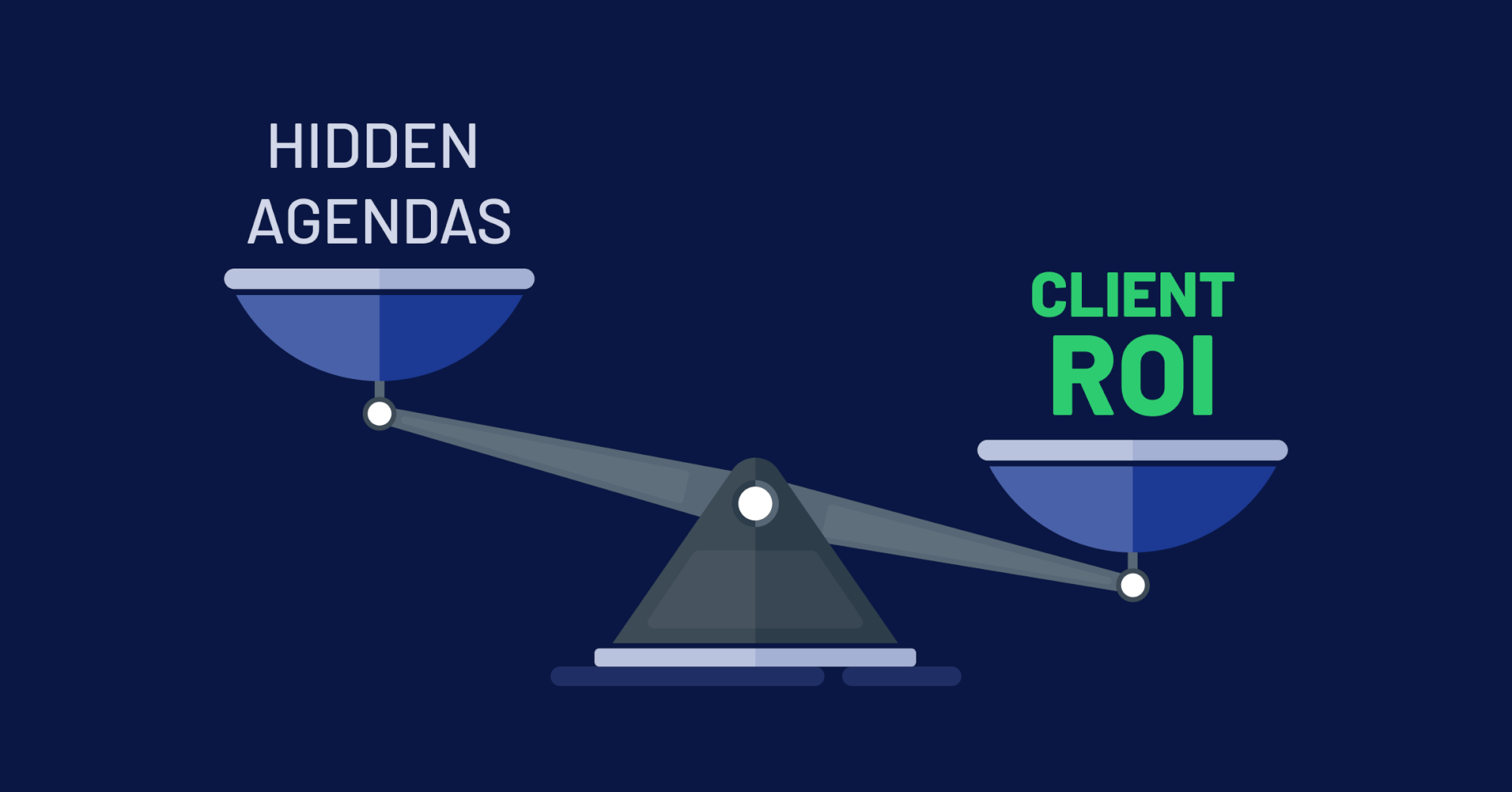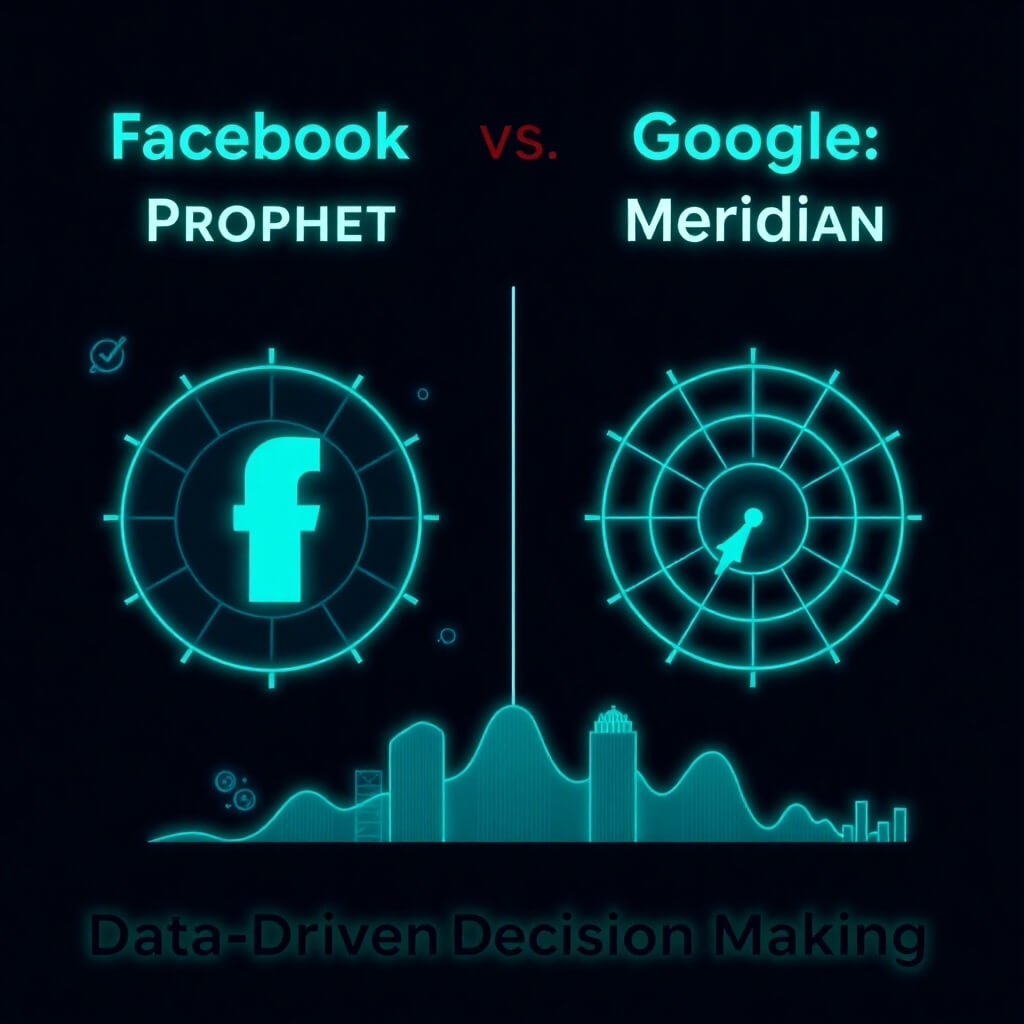Many marketers – especially those in the B2B space – are not thinking about Generation Z yet. Also known as Gen M for multitasking or the first true Digital Natives, Gen Z is a dynamic group that shouldn’t be ignored. Born between 1995 and 2010, the oldest are just about to become legal adults and the youngest are YouTube babies who think magazines are broken iPads. There are many hallmarks of this generation already. I am going to focus on several of these traits (content curation, brand awareness, social responsibility, and spending power) that together have already begun to shift how brands communicate with this generation.
Known as the youngest and most powerful curators of content yet, these kids shape their own media worlds online. Google, Facebook, and other sites learn what they are interested in and serve relevant content. According to a Sparxoo trend report, Gen Z is responsible for producing a huge amount of original content as well. From Tumblr to Flickr, creating and sharing content comes naturally to them.
With an average 3 year old able to recall 100 brands (AdWeek), this generation is more brand aware than any other generation to date. Instead of touting our society as over commercialized, let’s talk about the good that this awareness will bring. It has been said that a person who sees a commercial they like might tell a couple of friends about it, but if that person sees a commercial they hate they will tell 10 people about it. Now that ‘word of mouth’ is more ‘word of the keyboard,’ that saying needs to be updated. When someone feels strongly enough about your brand to write about it, your brand can potentially be in all of their 800 Facebook friends’ news feeds. Social media has broken down the last barriers between brands and consumers. And with both brand awareness and social media usage increasing as Gen Z grows up, you better hope your consumers have good things to say.
So what is it that Gen Z is talking about? What matters to them? Actually there is a lot that matters to Gen Z. This generation doesn’t need the help of elders to conduct research. They know that even if they don’t know an answer, they can find it in fractions of a second courtesy of Google. This has cultivated two traits in Gen Z that have already begun to change the way brands relate to them. First, members of Gen Z are acutely aware of the world. Not just their immediate world, but the whole world. Second, they believe they can effect change more than any other generation (Grail Research).
The internet gave them the knowledge to understand the world and its problems, and social media gave them the ability to talk about these problems in a public forum. And these teenagers can influence change more than you might think. Generation Z has more than $43 billion in spending power and influences more than $600 billion in family spending, according to the paper “Marketing to the generations.” Essentially this means they have the values that they discuss with hundreds of people, and money to spend where they see fit. This is forcing companies to be socially and environmentally responsible.
Let’s look at TOMS Shoes and Edison. Both are two of the most respected companies in the world when it comes to social responsibility. Edison is a power company that has partnered with numerous non profits and takes part in community enrichment projects. They are also committed to producing sustainable energy. TOMS Shoes makes shoes that are popular among Gen Z, and for every pair TOMS sells they donate a pair to a child in need. So why is this not public knowledge? These are both companies that are doing great things, but I knew about one and not the other. TOMS has over 1 million likes on Facebook. Edison has a few pages with 10 or 15 likes.
B2B marketers aren’t thinking about Gen Z because they don’t think Gen Z is thinking about them, but consumer products aren’t the only ones who can be successful in social media. Social media is a prime forum for B2B companies to cultivate fans among Gen Z while they are young and/or capitalize on some of the over $600 billion in spending this generation influences. It is as simple as talking to them. Companies can use social media to engage them in an honest dialogue about jobs programs, about using 100% post consumer content paper, community service, or whatever it is they do that is good.
What if you are a B2B company and you can’t think of anything you do that Is good for the environment or community? The good news is you have a couple of years to change that. As of today the oldest members of Gen Z are only 17. In 5 more years they will be in the workforce, and in another 5 years they will be young executives. They are already more educated than people their age were even 10 years ago, so do not make the mistake of underestimating them. Take this time to implement policies for your company’s environmental impact or have a companywide community service event, and start contributing in a way you can be proud of.






